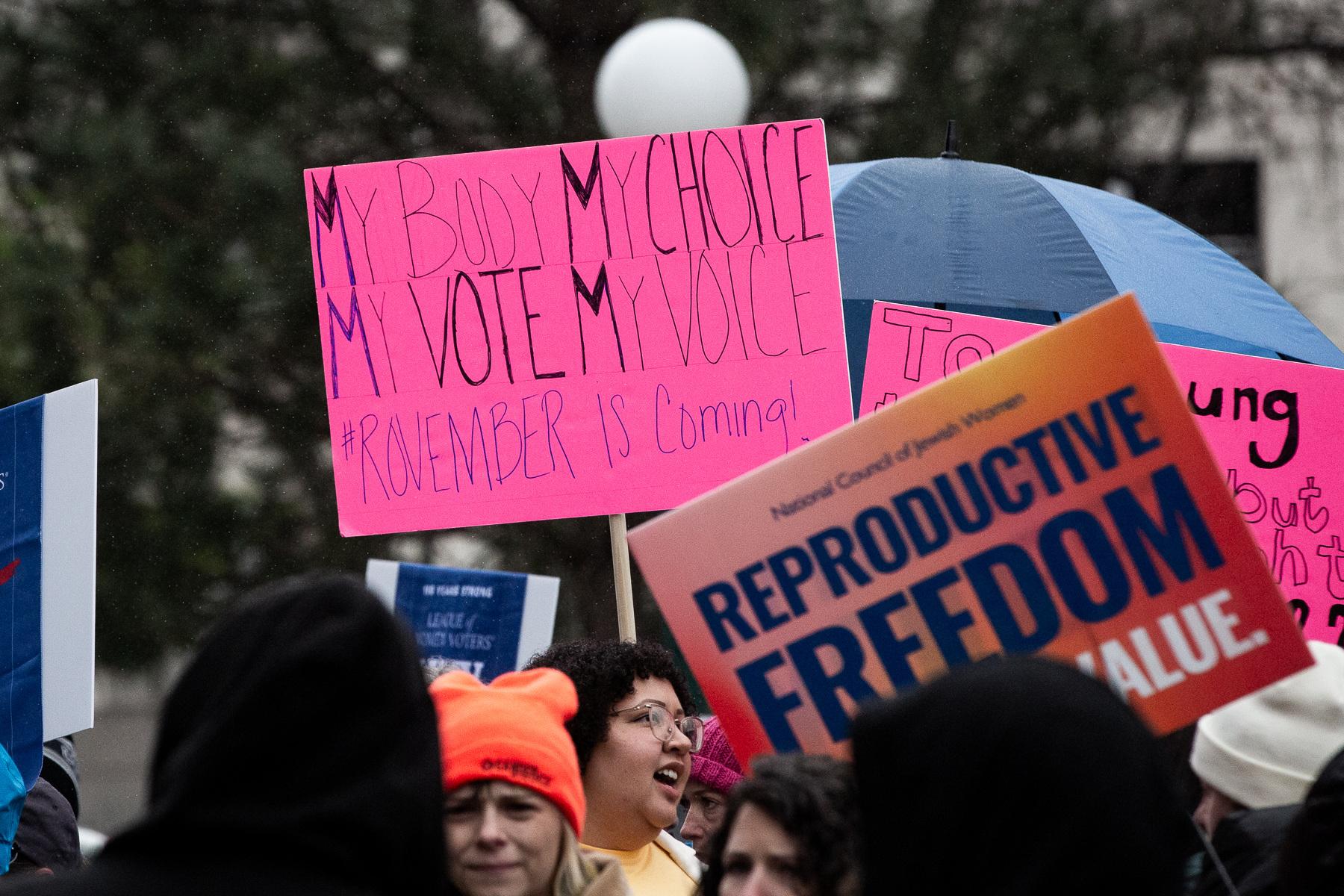Colorado Springs-based artist Senga Nengudi is currently showing her work at one of the art world's most influential international exhibitions, the Venice Biennale. It's the latest in a recent string of high-profile showings for Nengudi, who's been living and working in Colorado Springs for nearly 30 years. As curators will tell you, the recognition has been a long time in the making.
Nengudi remembers the moment she learned her work would be featured at the Biennale.
"I was on the old computer," she recalls, "and I received an email stating that I was being invited to the Biennale, and I did this cartoon double-take, I just couldn't believe it."
It wasn't the first time her work had received international attention. In recent years, she has shown at the MoMA in New York, the White Cube in London, and many other renowned museums and galleries. But the Venice Biennale, the world's oldest biennial art exhibition, is special.
"To be invited there is major validation of you as an artist," she explains.
"Senga is being acknowledged for the important role she played in terms of the emergence of feminism, in terms of the relationship between sculpture and dance," says curator Thomas Lax.
Nengudi's piece in the show comes from an abstract sculpture series, called R.S.V.P., which she first conceived in the 70s. Brown pantyhose are stretched like taffy from a gallery wall – taut in some places and sagging, weighted with sand, in others. The sculptures from the series are meant to be manipulated live, often by a dancer. Nengudi says the idea for the series came to her following the birth of her first child.
"I was really amazed at how the body expanded and extended itself and the flexibility of the body and the resilience of the body to come back into shape -- mostly. And really I just had to find a way of expressing that energy."
Nora Burnett Abrams, curator of the Museum of Contemporary Art in Denver, says the sculptures "present themselves almost as a physical body -- they have attenuated legs and arms or limbs, they stretch in unexpected ways."
Abrams co-curated an exhibit of Nengudi's work, called Improvisational Gestures, which opened at the Gallery of Contemporary Art in Colorado Springs in 2015, and is currently traveling to museums around the country.
"She's taking these very basic, mundane materials and really transforming them into something well beyond what we would have expected or imagined them to be," says Abrams.

Nengudi created the first R.S.V.P. sculpture while living in her hometown of Los Angeles, where she'd landed after stints in Japan and New York City. In LA she found a community of avant-garde black artists – artists like David Hammons, Maren Hassinger, and Houston Conwill. Together, they collaborated on performances and installations in unconventional locations around the city.
"It was so much fun," says Nengudi. "We were kind of the outsiders. The main art establishment wasn't particularly interested in what we were doing."
It was decades before Nengudi's work began to receive mainstream attention.
In 2003, she had her first major retrospective at the Thomas Erben Gallery in New York. In 2011, she was featured alongside many of her collaborators from LA in the seminal show, Now Dig This: Art and Black Los Angeles, 1960-1980. And there have been numerous other prominent exhibitions since.
Thomas Lax is associate curator of media and performance art at the MoMA in New York. He says he's glad the contributions made by Nengudi and her contemporaries are finally being recognized.
"Senga is being acknowledged for the important role she played in terms of the emergence of feminism, in terms of the relationship between sculpture and dance," says Lax. He says he sees the recent attention as part of a broader effort to expand the story of contemporary American art beyond the largely white, male artists who've long received the lion’s share of critical attention.
"What were seeing is an ability to think about history in multiple registers at the same time, as opposed to being a more linear, progressive, exclusive articulation of the past," he explains.
For her part, Nengudi says she's thrilled that critics and curators are taking note.

"I think it's important that history is corrected while one is here," she says. "With all of this resurgence, it's allowed all of us a chance to really give our side of history so that it's not taken over by someone else that decides what this period looked like."
Nengudi moved to Colorado Springs in 1989, in search of a quieter place to raise her kids. She taught for 10 years in the art department at UCCS, and continues to make work in a range of media. While much of the attention she's received recently has focused on her days in Los Angeles, she's also carved out an important place in the Colorado Springs art community.
"She's from this place, and of this place in many ways after three decades, and also of the world," says Daisy McGowan, director of the UCCS Galleries of Contemporary Art. "She's a microcosm for how I like to think about Colorado Springs, which is definitely an amazing place that has these broad connections to the outer world."
Nengudi’s work will be on display at the Venice Biennale through November. As for what's next, she says she’s looking forward to some rest at home in Colorado Springs, and getting back to the joy of creating after a long season of traveling, installations, and media appearances.









